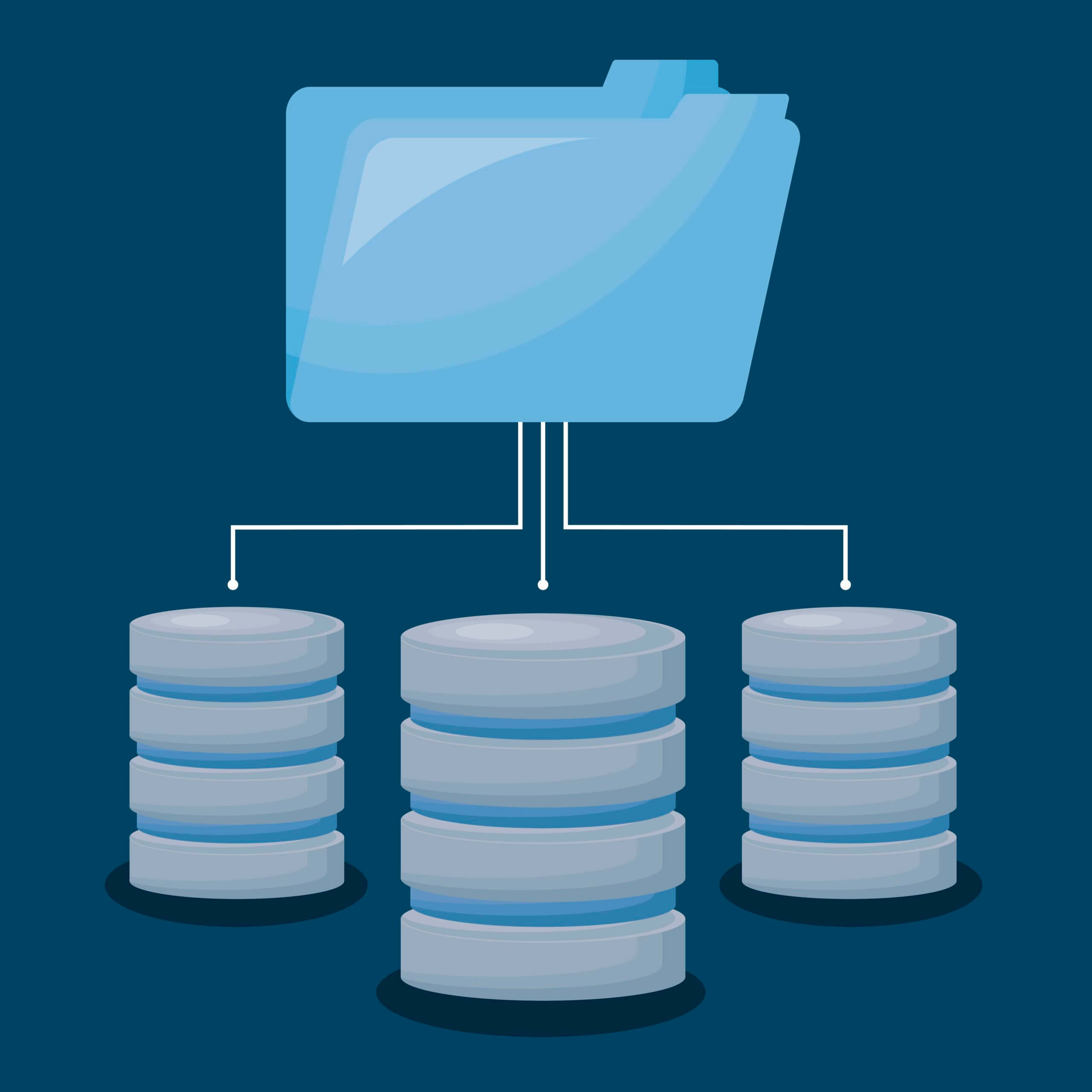A Guest Posting by Ken Ristine
(The first of two perspectives on this subject, by two guest writers. The second piece will post this Thursday.)
Ever since desktop computers became common, nonprofits have found it a challenge to evaluate and adopt new technology. During the early years my major questions of organizations requesting grants for computers were: What software do you plan to use, and how is it applicable to your operations?
That was important because few software products really worked well for nonprofits and, more critical in those days, not all software worked on all computers.
All too often the answer revealed that not a lot thought had been given to those questions, and that many nonprofits got caught up acquiring technology before they really understood how they were going to use it.
Today hardware is much more flexible, so the major concern is software. And with the “new normal” that’s emerged in the last several years, the key software for nonprofits tends to be fundraising-related.
But, when choosing fund raising software (a database), many organizations fail to consider what information they have, what information they can gather, and what they will do with that information.
I’m in the final stage of helping a small organization, where I’m a board member, to adopt a fund raising database. I say final stages because there have been several key steps.
First, this organization’s key volunteers, such as the board, had to understand the basic changes facing the organization. In our case it is the decline of foundation and corporate grants and the need to grow individual giving.
Second, it was critical make key changes to the board’s monthly financial reports to clearly reflect those revenue sources and trends. The new reporting made the trend clear and has allowed the board to see the changes over time.
This understanding was critical to the third step, a commitment to our future.
The organization has chosen a path for where it needs to be in 3 to 5 years. That plan, and the organization’s commitment to it, tells us what kind of information we are going to need in 3 to 5 years. Knowing that, we know what information we need to be capturing and putting into a database today.
That commitment is critical; information doesn’t fall into a database by itself. It takes work; it requires mundane things like forms to capture information, and data entry. It means a commitment to taking the time and effort to collect and enter that information into the database.
It also takes a commitment for an organization to keeping that information stored and to retrieving it in meaningful ways. That commitment means paying attention to computer backups, report designing/writing, report running, and security issues—as in what information are you going to collect and who is allowed to see any-or-all of it.
Do you want to host your own database? Should it be on a network server? Should you look at a cloud-based system? You can only provide the best answers to those questions for your organization if you have looked at your past and your present, and made a commitment to the future.
=-=-=-=-=-=-=-=-=-=-=-=-=-=
Ken Ristine is a senior program officer with a private family foundation in the Pacific Northwest. He has worked in nonprofits for over 35 years with experience in program development, fundraising, organizational development, and technology. He writes Ken’s Corner, a blog for the Puget Sound Grantwriters Association and can be reached at [email protected]
=-=-=-=-=-=-=-=-=-=-=-=-=-=
Have you heard about
The Fundraising Series of ebooks ??
=-=-=-=-=-=-=-=-=-=-=-=-=-=
If you’re reading this on-line and you would like to comment/expand on the above, or would just like to offer your thoughts on the subject of this posting, we encourage you to “Leave a Reply” at the bottom of this page, click on the feedback link at the top of the page, or send an email to the author of this posting. If you’ve received this posting as an email, click on the email link (above) to communicate with the author.

